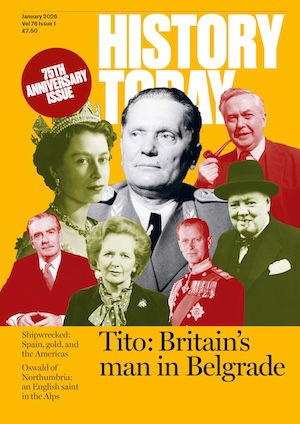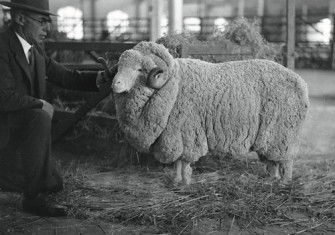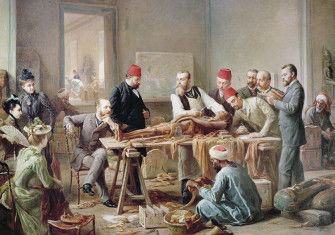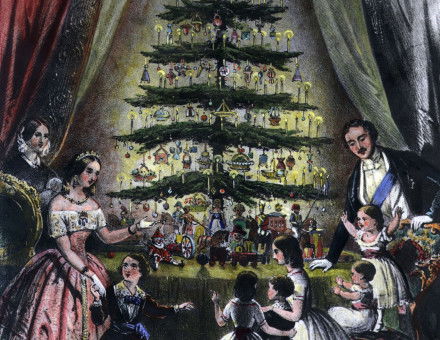Ploughing Up Postwar Britain
Postwar state support for agriculture in the UK has been hailed a great success, but it had unexpected consequences.
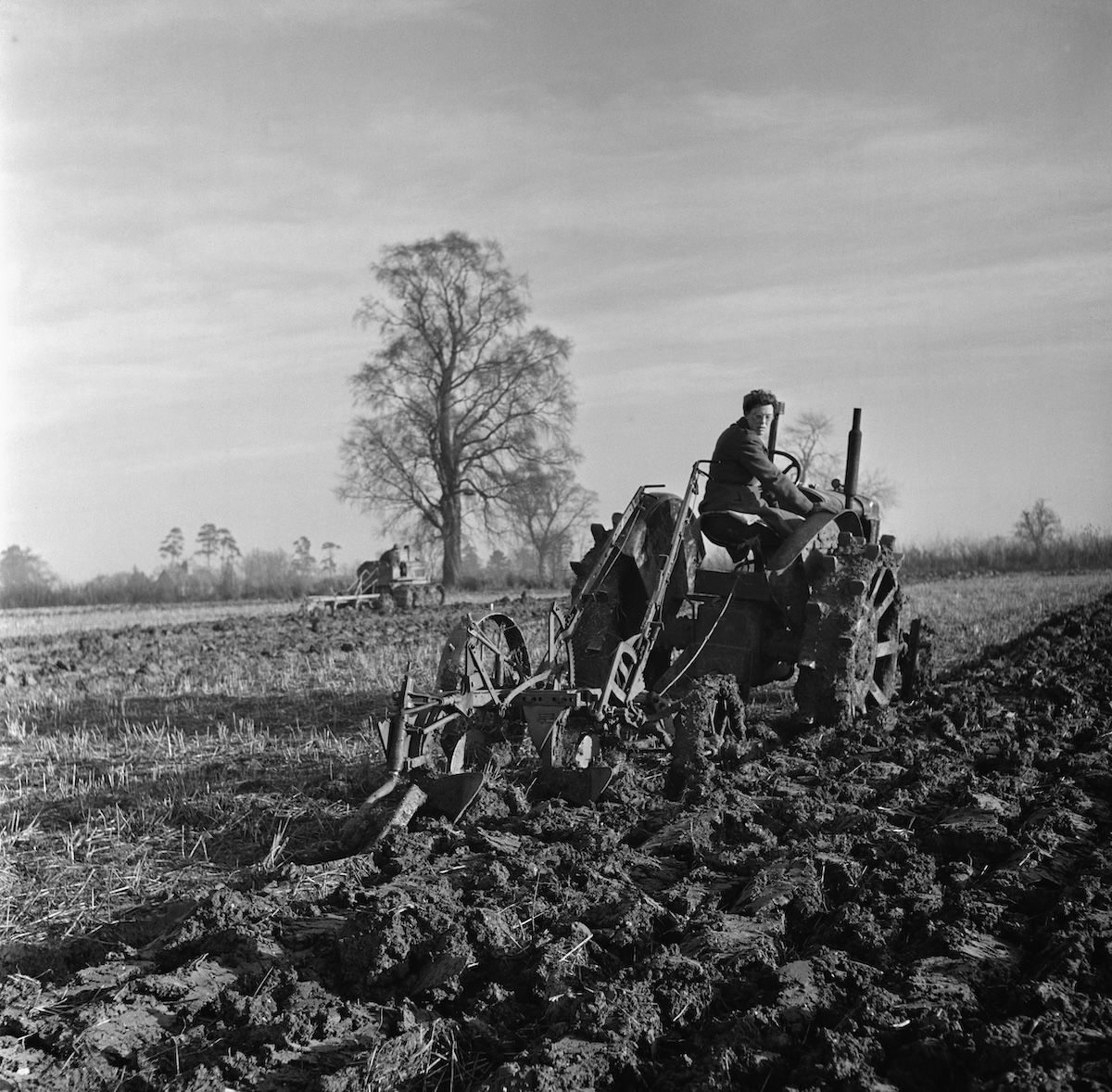
Prewar Britain was dependent on imported food; in 1938, 70 per cent of the cash value of the food consumed in Britain originated from overseas. For planners in the Ministry of Agriculture the solution was clear, and a campaign was launched to convert grassland to arable land. This resulted in the intensification of farming and heralded fundamental and far-reaching changes in the way the land was used.
Britain had a longstanding commitment to free trade which allowed agricultural produce such as cereals, meat, cheese, and butter to be imported. Following the emergence of overseas competition, leading to cheap imports, and poor harvests in the 1870s, the prevailing response was to switch from mixed farming to low-input methods of pastoral livestock production – ‘dog and stick farming’ – in England and Wales. By the 1930s the productivity of grassland, approximately one third of which was cut for hay each year, was, at best, stagnating. Faced with an abundant supply of low-priced imported feedstuffs there was little incentive to manage grassland.

